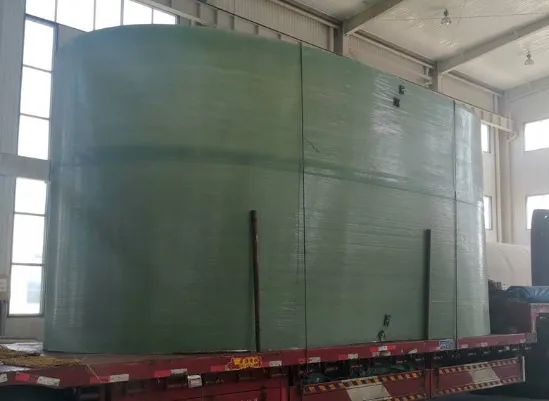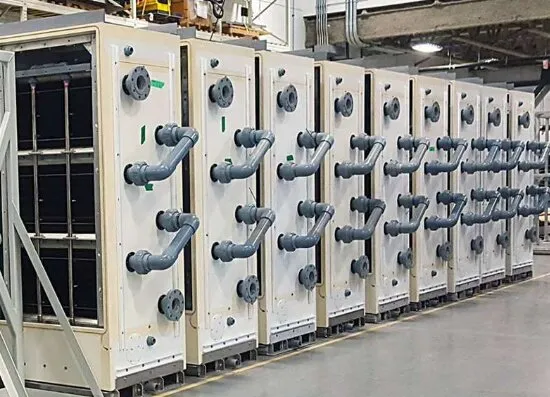
-
 Afrikaans
Afrikaans -
 Albanian
Albanian -
 Amharic
Amharic -
 Arabic
Arabic -
 Armenian
Armenian -
 Azerbaijani
Azerbaijani -
 Basque
Basque -
 Belarusian
Belarusian -
 Bengali
Bengali -
 Bosnian
Bosnian -
 Bulgarian
Bulgarian -
 Catalan
Catalan -
 Cebuano
Cebuano -
 China
China -
 China (Taiwan)
China (Taiwan) -
 Corsican
Corsican -
 Croatian
Croatian -
 Czech
Czech -
 Danish
Danish -
 Dutch
Dutch -
 English
English -
 Esperanto
Esperanto -
 Estonian
Estonian -
 Finnish
Finnish -
 French
French -
 Frisian
Frisian -
 Galician
Galician -
 Georgian
Georgian -
 German
German -
 Greek
Greek -
 Gujarati
Gujarati -
 Haitian Creole
Haitian Creole -
 hausa
hausa -
 hawaiian
hawaiian -
 Hebrew
Hebrew -
 Hindi
Hindi -
 Miao
Miao -
 Hungarian
Hungarian -
 Icelandic
Icelandic -
 igbo
igbo -
 Indonesian
Indonesian -
 irish
irish -
 Italian
Italian -
 Japanese
Japanese -
 Javanese
Javanese -
 Kannada
Kannada -
 kazakh
kazakh -
 Khmer
Khmer -
 Rwandese
Rwandese -
 Korean
Korean -
 Kurdish
Kurdish -
 Kyrgyz
Kyrgyz -
 Lao
Lao -
 Latin
Latin -
 Latvian
Latvian -
 Lithuanian
Lithuanian -
 Luxembourgish
Luxembourgish -
 Macedonian
Macedonian -
 Malgashi
Malgashi -
 Malay
Malay -
 Malayalam
Malayalam -
 Maltese
Maltese -
 Maori
Maori -
 Marathi
Marathi -
 Mongolian
Mongolian -
 Myanmar
Myanmar -
 Nepali
Nepali -
 Norwegian
Norwegian -
 Norwegian
Norwegian -
 Occitan
Occitan -
 Pashto
Pashto -
 Persian
Persian -
 Polish
Polish -
 Portuguese
Portuguese -
 Punjabi
Punjabi -
 Romanian
Romanian -
 Russian
Russian -
 Samoan
Samoan -
 Scottish Gaelic
Scottish Gaelic -
 Serbian
Serbian -
 Sesotho
Sesotho -
 Shona
Shona -
 Sindhi
Sindhi -
 Sinhala
Sinhala -
 Slovak
Slovak -
 Slovenian
Slovenian -
 Somali
Somali -
 Spanish
Spanish -
 Sundanese
Sundanese -
 Swahili
Swahili -
 Swedish
Swedish -
 Tagalog
Tagalog -
 Tajik
Tajik -
 Tamil
Tamil -
 Tatar
Tatar -
 Telugu
Telugu -
 Thai
Thai -
 Turkish
Turkish -
 Turkmen
Turkmen -
 Ukrainian
Ukrainian -
 Urdu
Urdu -
 Uighur
Uighur -
 Uzbek
Uzbek -
 Vietnamese
Vietnamese -
 Welsh
Welsh -
 Bantu
Bantu -
 Yiddish
Yiddish -
 Yoruba
Yoruba -
 Zulu
Zulu
Feb . 16, 2025 10:12
Back to list
Ship Pipings and Fittings
Glass fiber tanks, known for their resilience and versatility, are an integral component in industries ranging from chemical processing to water treatment. As a seasoned expert in materials engineering and industrial design, I can attest to the transformative impact these tanks have on storage and manufacturing processes.
The expertise involved in manufacturing these tanks cannot be overstated. Creating a glass fiber tank involves a precise process that requires specialized knowledge of materials science and fabrication techniques. The production begins with the selection of the appropriate type of fiberglass, followed by a meticulous layering process where the fiberglass is impregnated with resin. The curing process that follows ensures the required strength and durability is achieved, making the involvement of skilled engineers and technicians an essential component in the manufacturing process. Trust in glass fiber tanks is also bolstered by the rigorous testing standards they meet before reaching the market. These tanks undergo extensive quality control measures, including pressure testing and inspection for leaks. Compliance with industry standards such as the American Society of Mechanical Engineers (ASME) specifications is mandatory, providing reassurance of their reliability and long-term performance. Another significant aspect of glass fiber tanks is their environmental impact. They generally have a smaller carbon footprint during manufacturing compared to traditional metal tanks due to their lightweight nature, which reduces energy consumption during transportation. Additionally, their longevity and resistance to wear extend the lifecycle of the tank, minimizing the frequency of replacements and, in turn, reducing waste generated. In conclusion, glass fiber tanks represent a pinnacle of modern storage technology. They offer an unbeatable combination of strength, reliability, flexibility, and environmental benefits. Their ability to be tailored to specific needs, coupled with their compliance with stringent safety and quality standards, positions them as a trusted choice for any industry requiring reliable storage solutions. Embracing glass fiber tanks means adopting a forward-thinking approach to material handling and storage that aligns with both industrial demands and environmental stewardship.


The expertise involved in manufacturing these tanks cannot be overstated. Creating a glass fiber tank involves a precise process that requires specialized knowledge of materials science and fabrication techniques. The production begins with the selection of the appropriate type of fiberglass, followed by a meticulous layering process where the fiberglass is impregnated with resin. The curing process that follows ensures the required strength and durability is achieved, making the involvement of skilled engineers and technicians an essential component in the manufacturing process. Trust in glass fiber tanks is also bolstered by the rigorous testing standards they meet before reaching the market. These tanks undergo extensive quality control measures, including pressure testing and inspection for leaks. Compliance with industry standards such as the American Society of Mechanical Engineers (ASME) specifications is mandatory, providing reassurance of their reliability and long-term performance. Another significant aspect of glass fiber tanks is their environmental impact. They generally have a smaller carbon footprint during manufacturing compared to traditional metal tanks due to their lightweight nature, which reduces energy consumption during transportation. Additionally, their longevity and resistance to wear extend the lifecycle of the tank, minimizing the frequency of replacements and, in turn, reducing waste generated. In conclusion, glass fiber tanks represent a pinnacle of modern storage technology. They offer an unbeatable combination of strength, reliability, flexibility, and environmental benefits. Their ability to be tailored to specific needs, coupled with their compliance with stringent safety and quality standards, positions them as a trusted choice for any industry requiring reliable storage solutions. Embracing glass fiber tanks means adopting a forward-thinking approach to material handling and storage that aligns with both industrial demands and environmental stewardship.
Next:
Related Products









